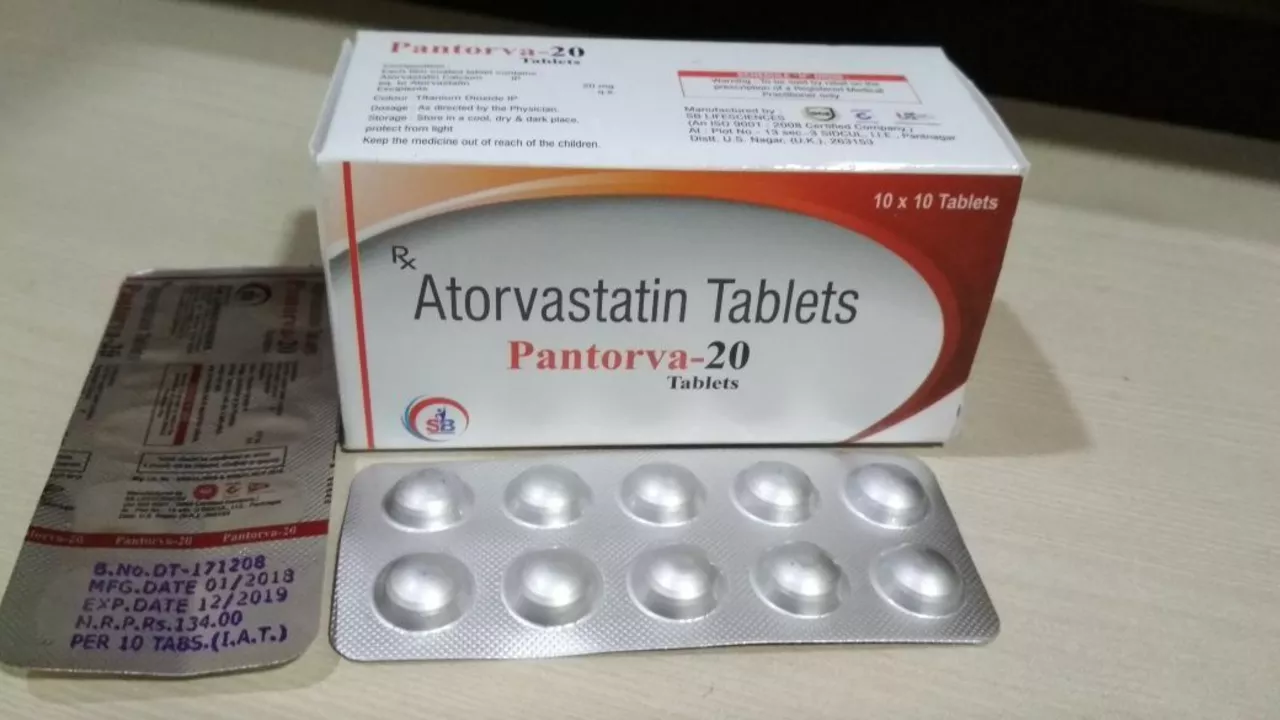Drug Interaction: What You Need to Know
One pill can change how another works — that’s the short version of drug interactions. Some interactions are harmless, others can make medicines ineffective or cause serious harm. This page explains how interactions happen, how to spot them, and what to do right now to protect yourself.
How drug interactions happen
There are three common ways medications interact. First, one drug can change how your body absorbs, breaks down, or removes another drug — that’s called pharmacokinetic interaction. For example, some antibiotics speed up or slow down liver enzymes that handle other meds.
Second, two drugs can add the same effect and make it too strong. An example: combining two sedatives can cause dangerous drowsiness or breathing trouble. Third, a drug can change how a condition responds — like a heart med that gets less effective with certain herbal supplements.
Food and drinks matter too. Grapefruit juice famously raises levels of many drugs. Alcohol can interact with painkillers, antidepressants, and blood thinners. Even common supplements — vitamin K, St. John’s wort, or high-dose calcium — can alter prescription medicines.
How to check and prevent dangerous interactions
Start with a clear medicine list. Include prescription drugs, over-the-counter pills, vitamins, herbal supplements, and even topical creams. Keep that list on your phone and show it to every clinician or pharmacist.
Use reliable tools: your pharmacist, clinic medication review, or established online checkers from government or major hospital sites. If a checker flags a concern, call your pharmacist before changing anything. Don’t stop a prescribed drug without medical advice.
Practical habits that cut risk: use one pharmacy so staff can spot interactions; take medicines at the times recommended (some need food, some need an empty stomach); avoid grapefruit and limit alcohol when you’re on interacting drugs; and tell your doctor about all supplements you take.
Watch for warning signs that need fast action: sudden fainting, severe dizziness, trouble breathing, rapid heart rate, unusual bleeding, or yellowing skin/eyes. If any of those occur after starting a new medication or mixing drugs, seek emergency care.
Drug interactions are common, but they’re manageable. Keep a current med list, ask questions, and use a pharmacist as your first line of defense. Small steps — one conversation, one check — can prevent serious problems and keep your treatment working the way it should.

